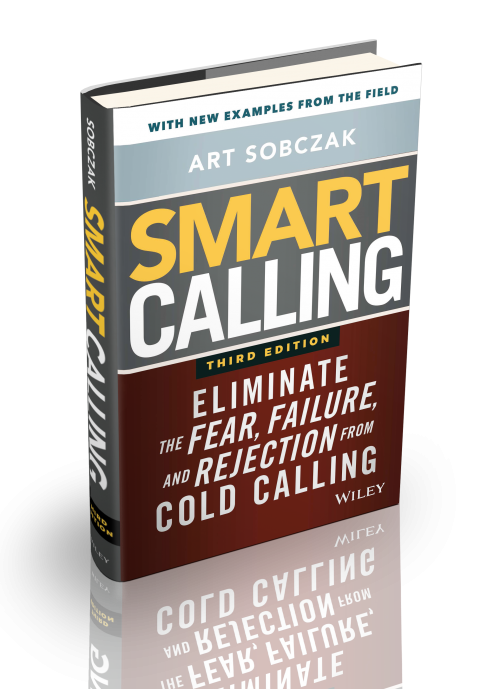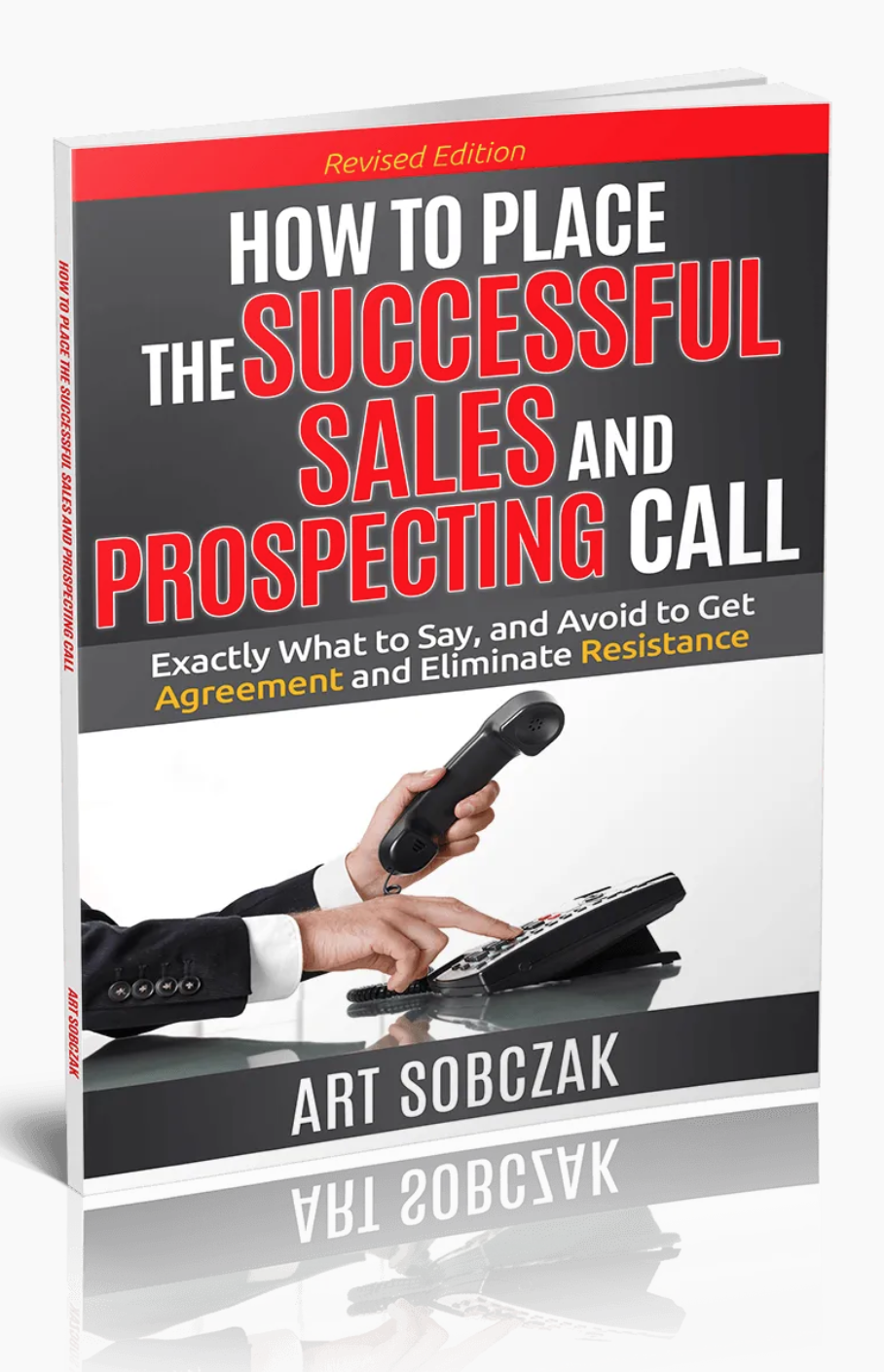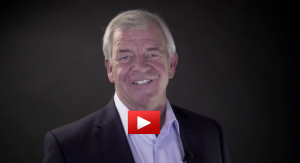What’s with the title? You’ll see.
 In a previous post I shared how you can supply questions to your prospects that they can ask of your competitors which will actually provide answers that position you as the better choice. This week, I have another variation of “preconditioning,” where you tell people what to expect.
In a previous post I shared how you can supply questions to your prospects that they can ask of your competitors which will actually provide answers that position you as the better choice. This week, I have another variation of “preconditioning,” where you tell people what to expect.
Let me explain.
At a recent in-house training program I conducted for a client’s sales staff, we discussed how many sales reps believe that if after a call they send out sales literature, samples, demos, or direct a prospect to a website, that they have an interested and compliant prospect who will always do what they say. Yeah, right.
All of those CAN be effective, if they are utilized correctly. I’ll relate a story that explains a concept that can help you.
A few years ago I was in the Santa Barbara area to do a training program. I had arrived about mid day, the day before and took the scenic drive up into the neighboring wine country, where the move Sideways was filmed.
 In a previous post I shared how you can supply questions to your prospects that they can ask of your competitors which will actually provide answers that position you as the better choice. This week, I have another variation of “preconditioning,” where you tell people what to expect.
In a previous post I shared how you can supply questions to your prospects that they can ask of your competitors which will actually provide answers that position you as the better choice. This week, I have another variation of “preconditioning,” where you tell people what to expect. Let me explain.
At a recent in-house training program I conducted for a client’s sales staff, we discussed how many sales reps believe that if after a call they send out sales literature, samples, demos, or direct a prospect to a website, that they have an interested and compliant prospect who will always do what they say. Yeah, right.
All of those CAN be effective, if they are utilized correctly. I’ll relate a story that explains a concept that can help you.
A few years ago I was in the Santa Barbara area to do a training program. I had arrived about mid day, the day before and took the scenic drive up into the neighboring wine country, where the move Sideways was filmed.
Like Miles and Jack in the movie, I visited a couple of winery tasting rooms. Now, I enjoy wine, and I’m learning more about it, and at some point I’ll take the time to really get into it, but right now I’m more “any bottle” than oenophile.
I observed a few of the other visitors swirl their wine in the glass, stick their nose in it, take in the aromas, sip, close their eyes and then proceed with an almost poetic description of the fruits, candies, woods, and other elements they just experienced.
Cool. I wanted to do that. So I started my tasting.
With the first couple of selections I sampled, I thought, “Hmm, that was, good, I think. I’m picking up a taste of, uh, red wine.”
Then I noticed the little menu-type cards the wineries provide, explaining each wine in detail …how it was made, where, and very importantly for me, what tastes you will experience. So I then studied each wine before tasting. And, from then on, I tasted exactly what was on the card!
Amazing.
One said,
“This complex red has inviting aromas of fresh cherries with a hint of blueberry followed by vanilla with some notes of mocha. A touch of plum sweetens a long, silky finish.”
Ah yes, definitely silky.
The next one mentioned a tinge of oak. The person working the counter asked me what I thought. I told
her I picked up the oak.
She got excited and said, “Oh yes, it’s aged in old smoked barrels.”
“Ah hah. I thought I noticed a pleasant nuanced smoky tone in the background.” Yeah, I’m da wine man.
And then I ordered a case to be shipped home.
The Sales Point
There’s actually a great sales lesson here. I’ve been teaching it a long, long time:
We look for what we’ve been told to look for.
We seek out what we expect.
We get what we’re told we’re going to get.
Our perception is sharpened and focused when we know what we’re looking for. When we have an objective.
For example, if I asked you to go out in the parking lot, look around, and report back with what you saw, you’d likely comment on a number of things. But if I more specifically asked you to look for red cars, you’d come back prepared to say how many were there, what types, and where they were parked.
Because that’s what you were looking for.
You can and should use this when you send anything to your prospects or customers, such as,
Emails
Proposals
Catalogs
Demos and samples
Brochures
Letters
Videos
Power Points
Screen Shots
ANY document
Web Pages
Most people waste the effect of sending material by saying, “I’ll send you a proposal and we’ll talk again.” The buyer might or might not see the key points.
So, what you should do first, of course, is question to understand their needs and what they’d like to see. Then prepare them for what they’ll get:
“On the video, be sure to notice at the 45-second mark, the narrator specifically points out how you would install the application.”
“In the proposal, I’ll highlight the section on the performance figures, since that’s what you mentioned is your most important decision-making criteria.”
Also, this concept can be used when they’re shopping around before they make a decision. Tell them what to look for. Point out questions they should ask of your competitors, Naturally these will be questions that highlight the competitor’s weaknesses and your strengths.
You likely use supplemental materials to help buyers make decisions. Help them see and feel the result you intend.
And I bet you looked for and found the word “wine,” didn’t you?













{ 0 comments… add one now }